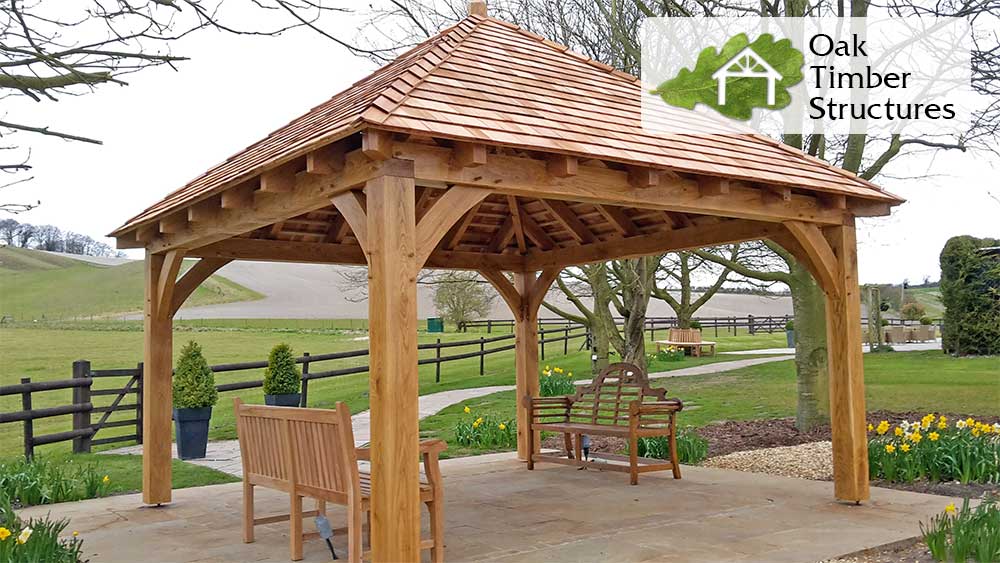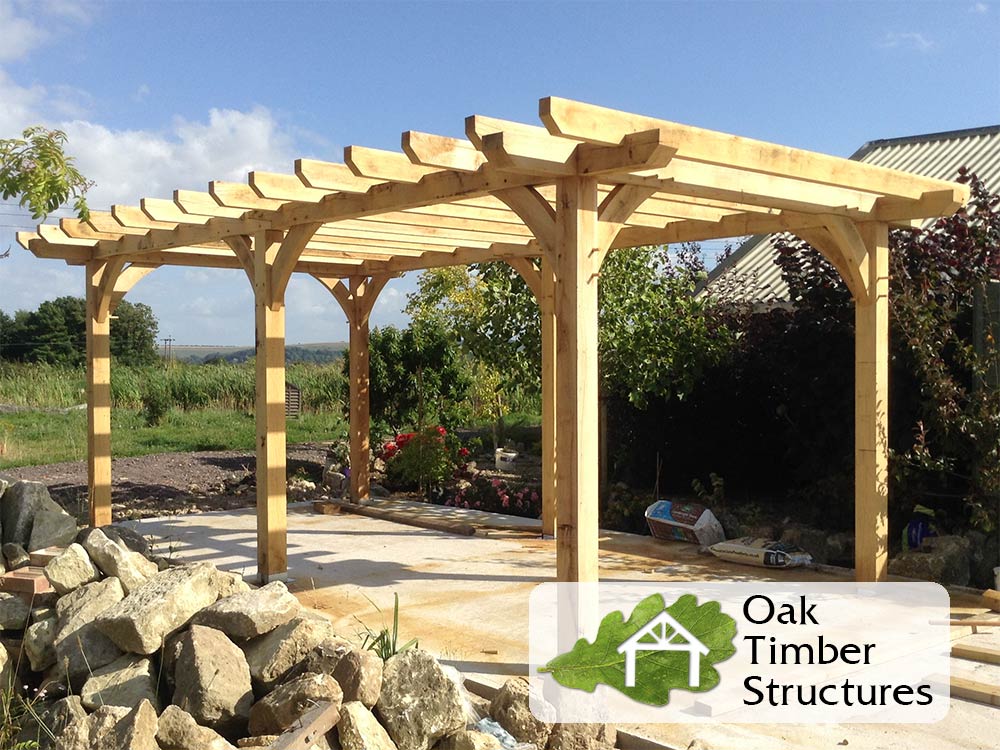I am about to erect something very similar to this:

The bottom of the oak legs will sit on a stainless steel pin, which is concreted into the ground, with about 10cm sticking up. There will be a 1cm or so gap between ground and timber to keep the legs from standing in water.
I'm wondering how I can drill the hole for the pin in the bottom of the legs. It's obviously not possible to get them into a position for a pillar drill, and I'm worried my hand drill with an auger or forstner bit will wander when trying to get it dead straight. Any ideas?

The bottom of the oak legs will sit on a stainless steel pin, which is concreted into the ground, with about 10cm sticking up. There will be a 1cm or so gap between ground and timber to keep the legs from standing in water.
I'm wondering how I can drill the hole for the pin in the bottom of the legs. It's obviously not possible to get them into a position for a pillar drill, and I'm worried my hand drill with an auger or forstner bit will wander when trying to get it dead straight. Any ideas?


